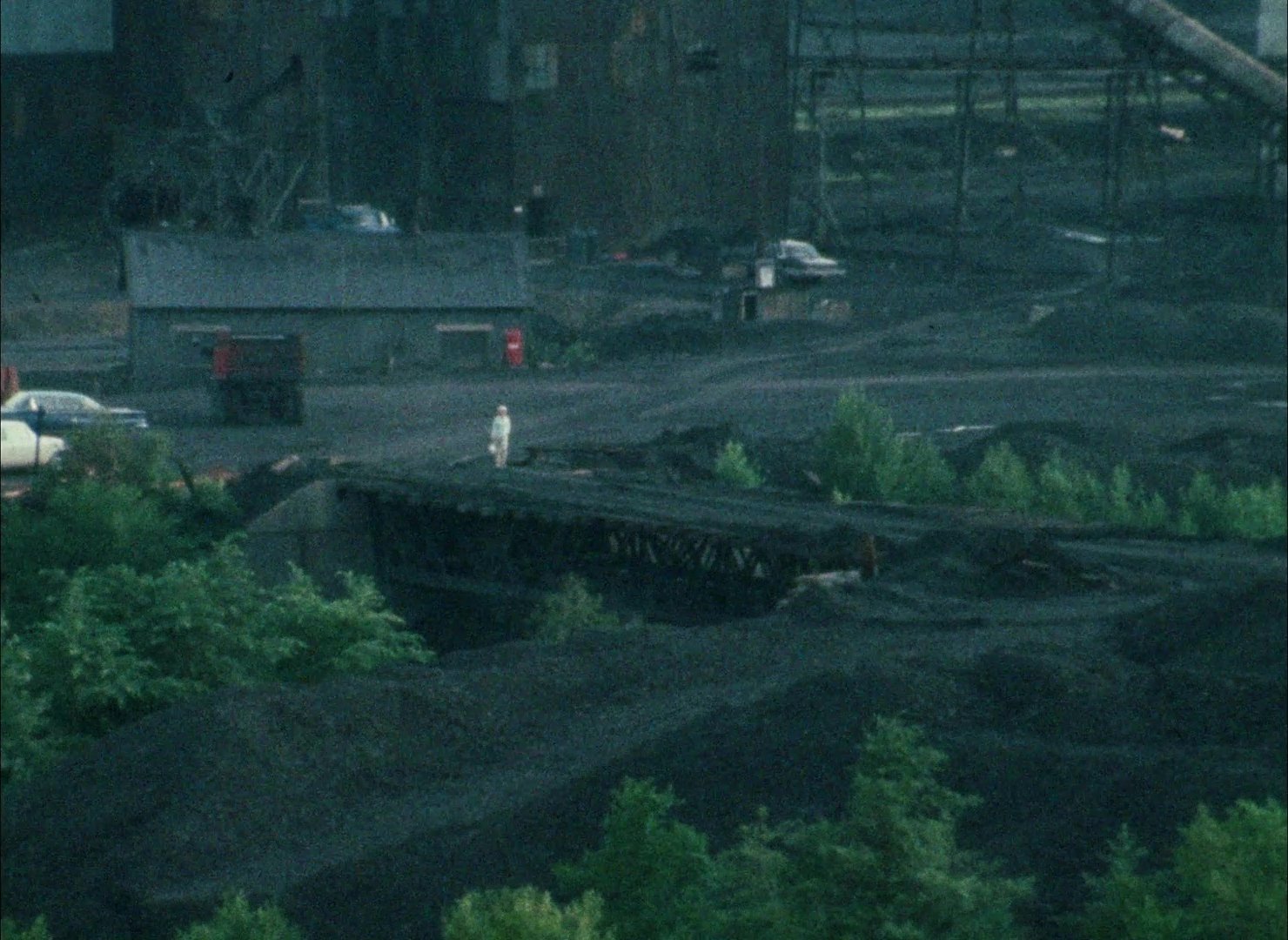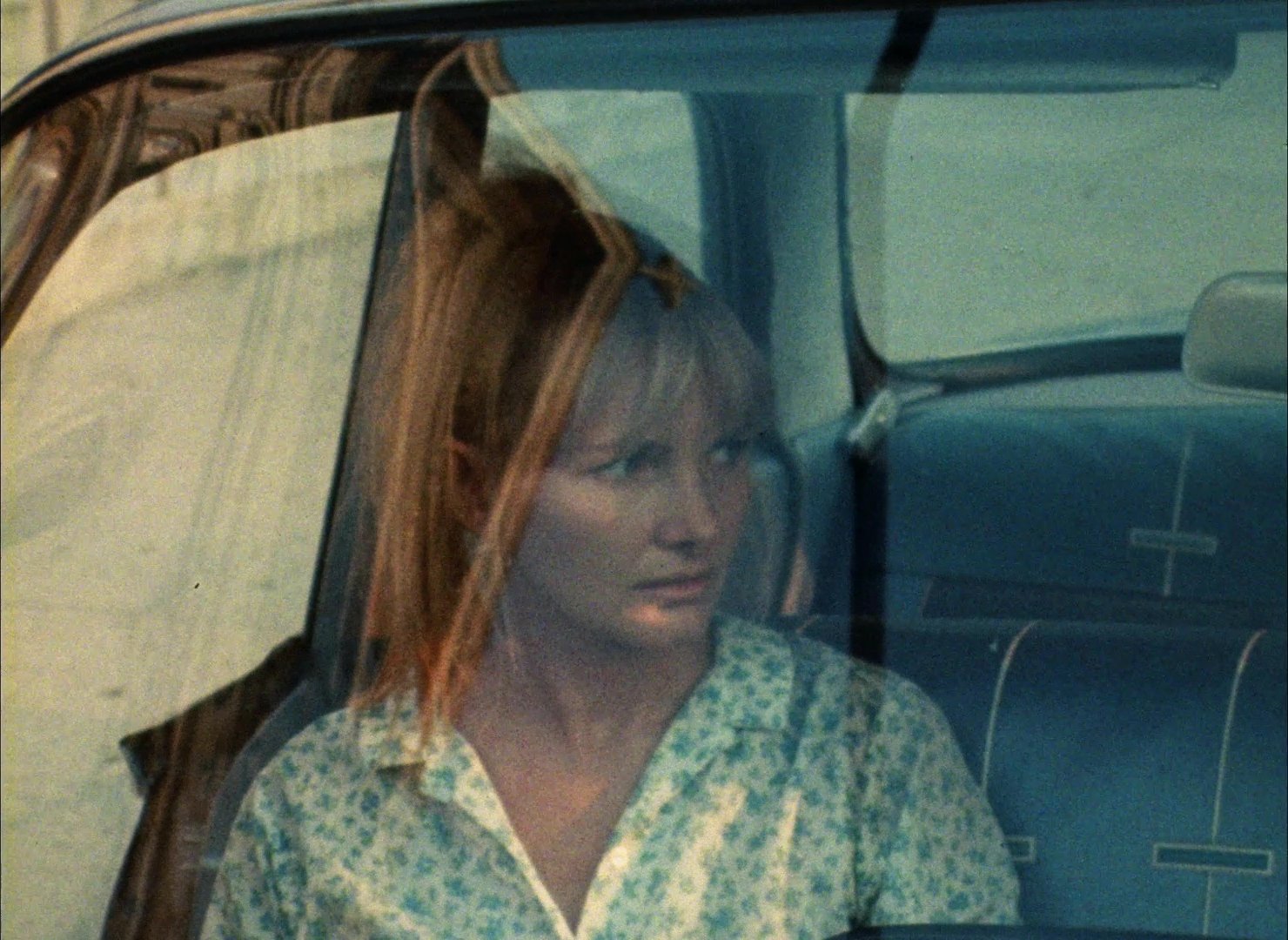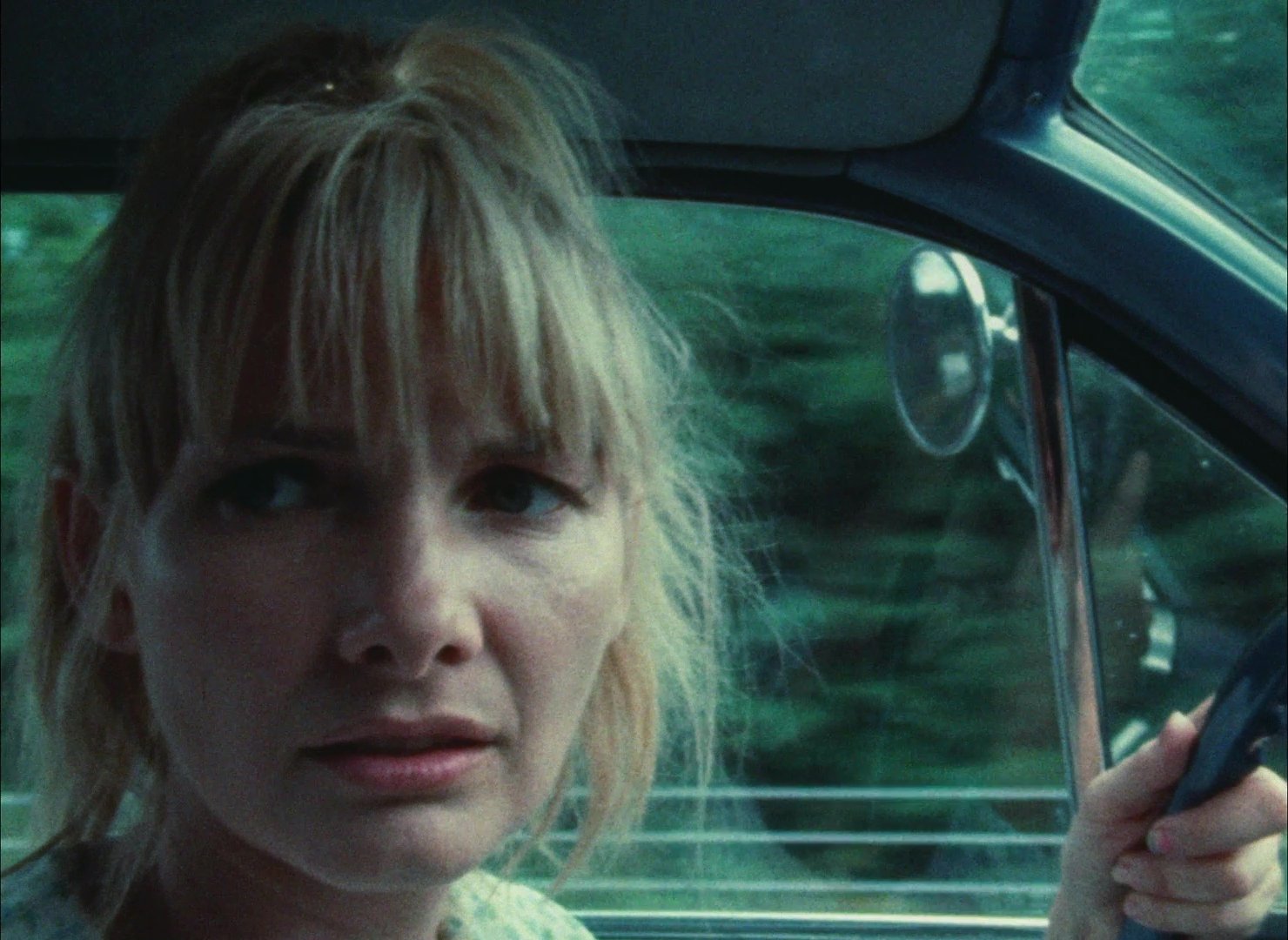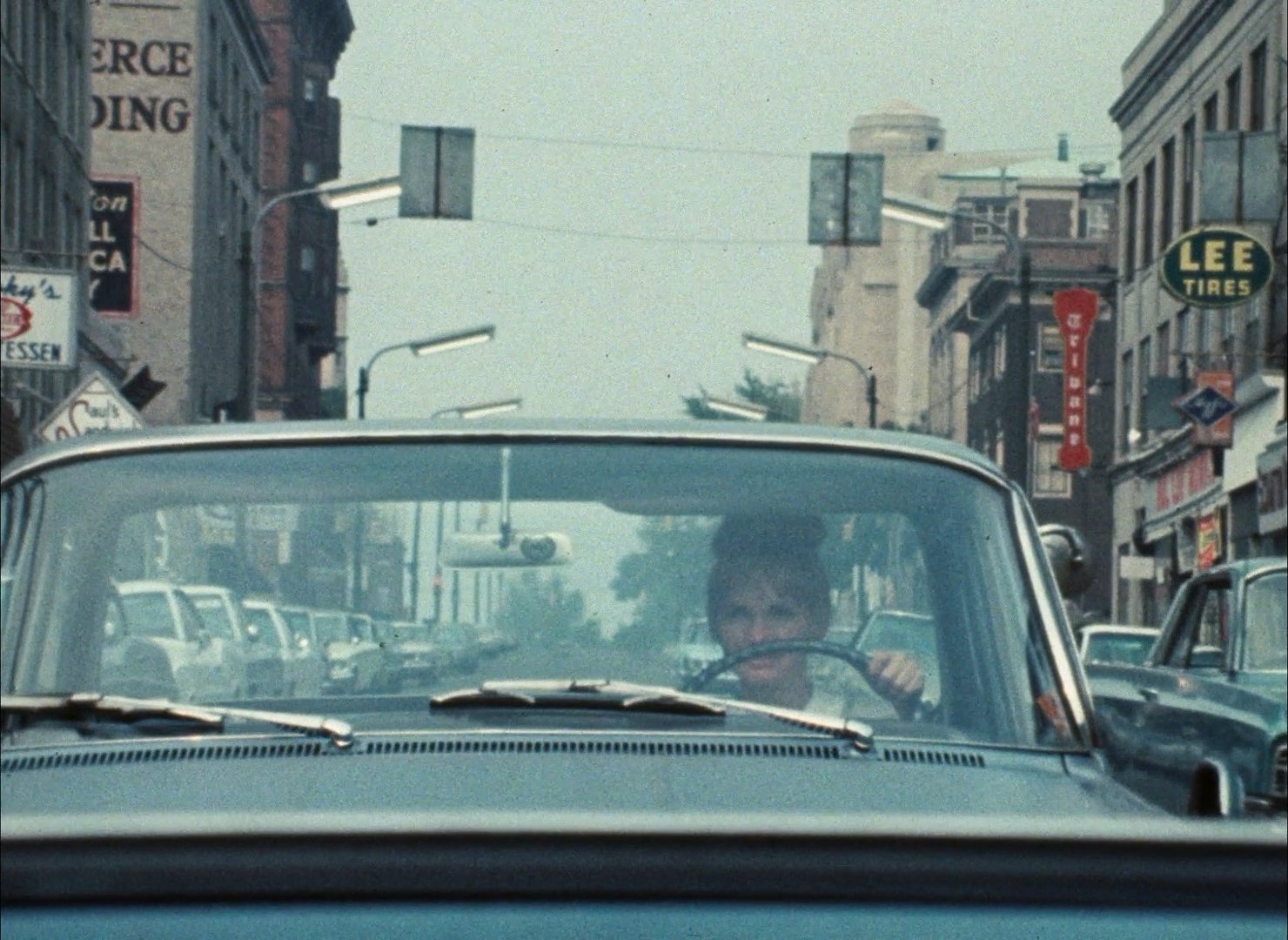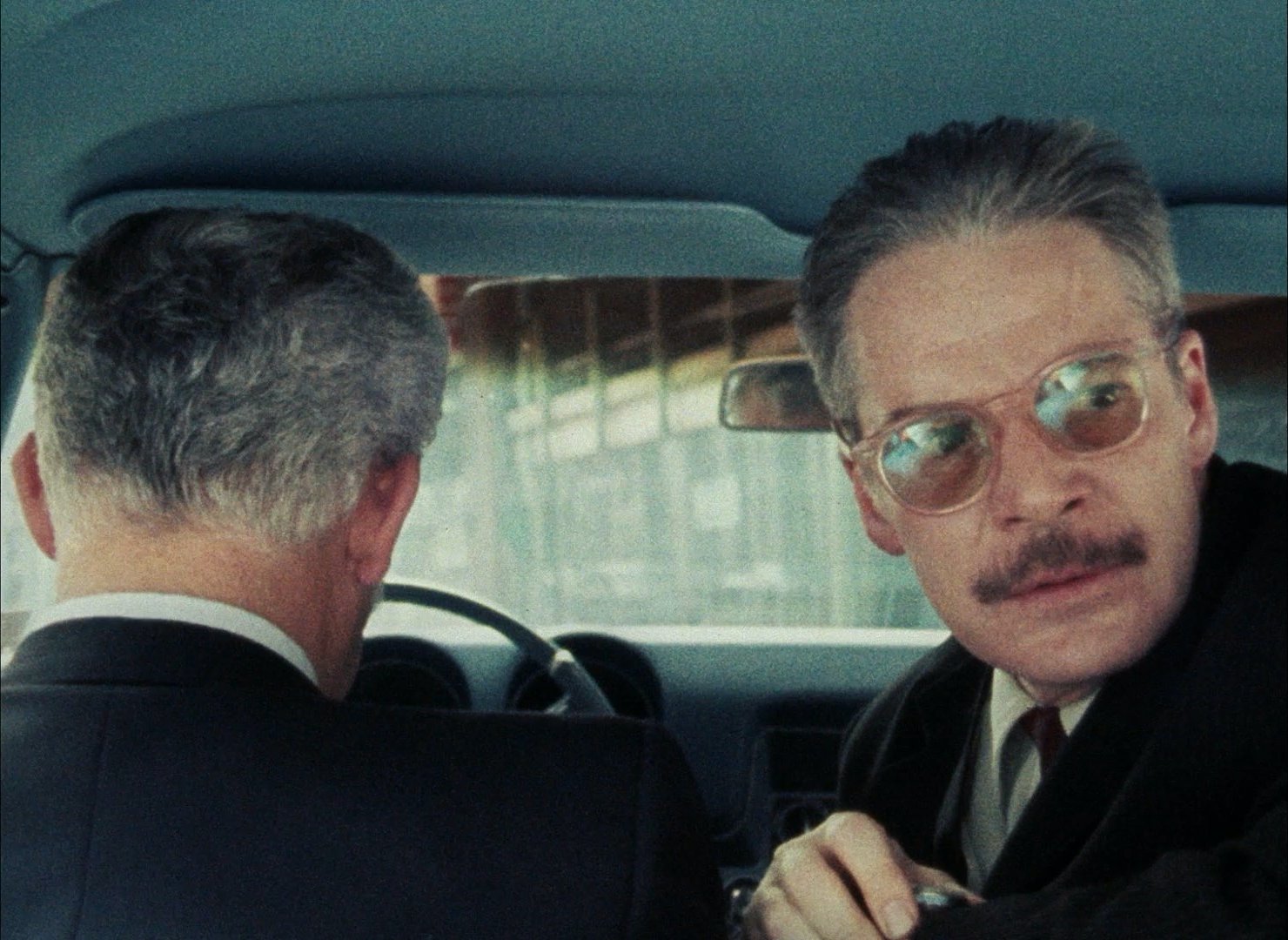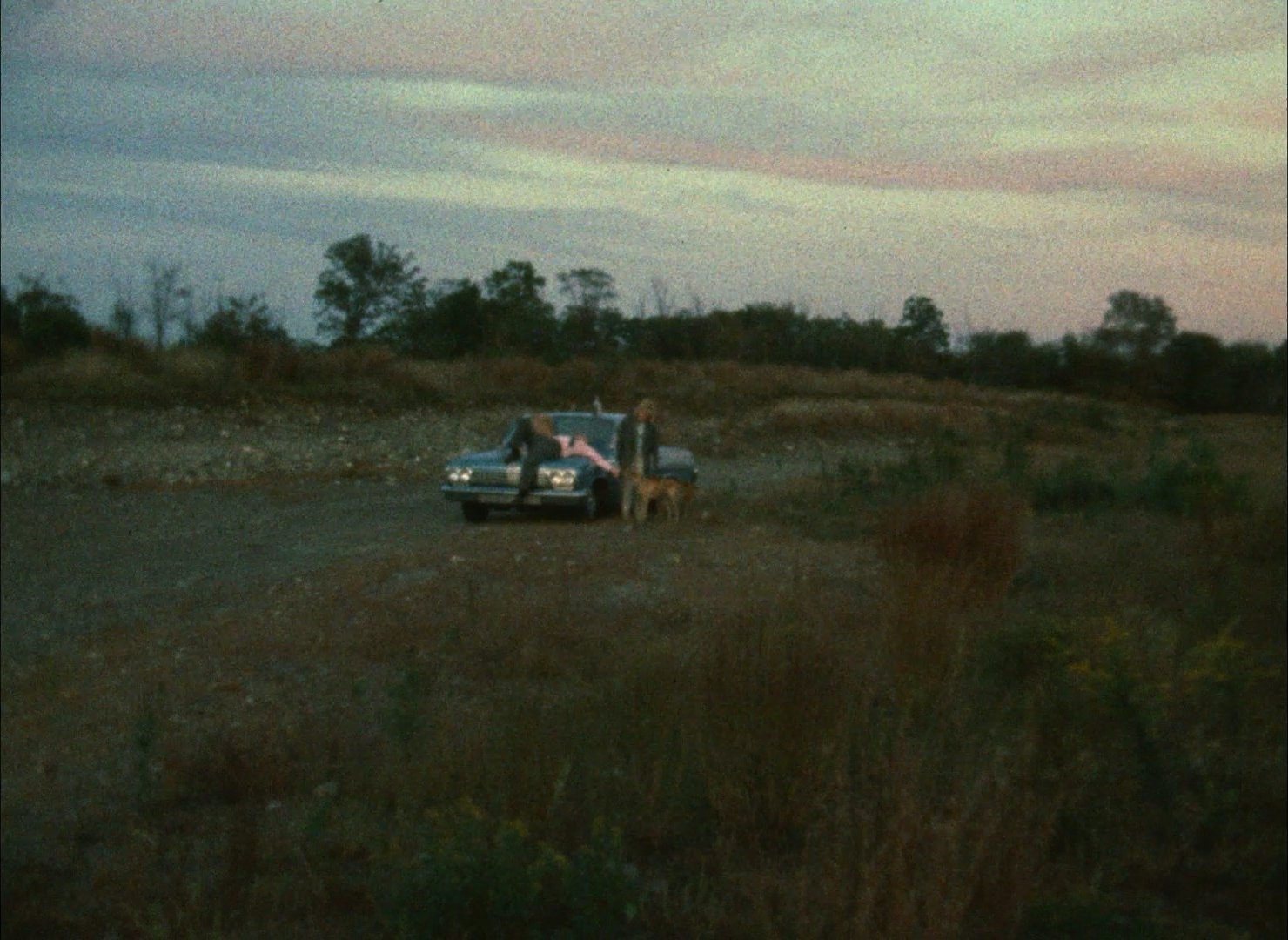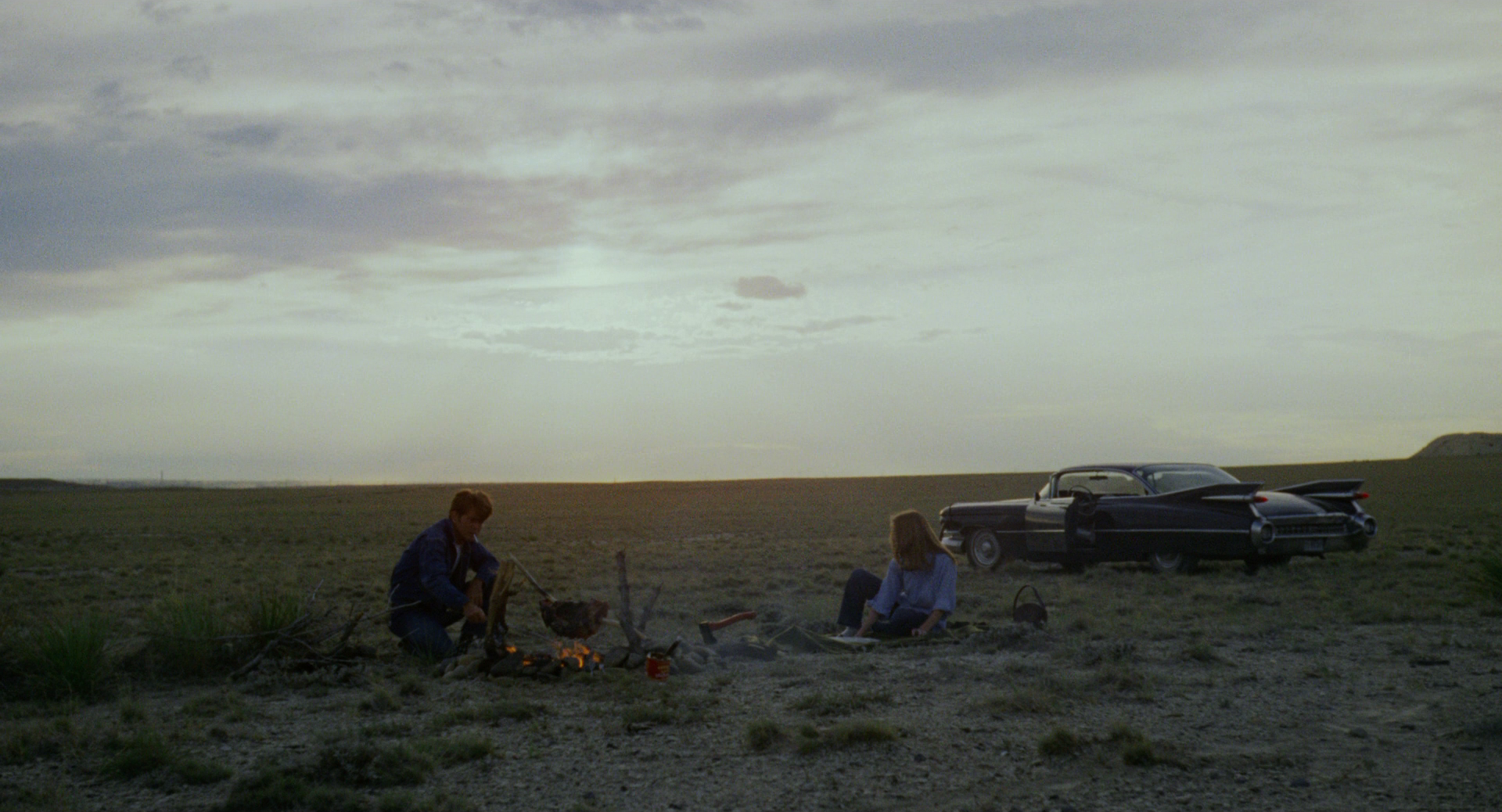Wanda (1971)
QFS No. 138 - The invitation for May 1, 2024
I’m sure you all have seen this movie because it’s the 48th Greatest Film of All Time™.
Wanda – according to the oft derided/lauded* British Film Institute Sight and Sound Greatest Movies of All Time List released every ten years – is the 48th Greatest Film of All Time. Forty-eighth! Following a two-way tie between North by Northwest (1959) and Barry Lyndon (1975) at No. 45 and tied at 48 with Carl Theodor Dreyer’s Ordet (1955).
Woah, what’s that you say? You’ve never heard of Wanda? That’s outrageous, well I oughta…
Okay fine. Neither had I.
Wanda falls firmly into the Jeanne Dielman, 23, quai du Commerce, 1080 Bruxelles (1975, QFS No. 98) territory here – a film from the 1970s that’s highly acclaimed by critics and filmmakers and one I have never heard of. (Not stylistically, just in terms of obscurity… for me at least.) I do feel some measure of shame for not knowing about both Wanda and of course Jeanne Dielman from before. So here we go again, firming up our film nerd cred by watching and discussing Wanda as a film and of course whether there are only 47 greater films ever made than it. I know very little about this movie but what I do know is that it is significantly shorter than Jeanne Dielman.
For those of you keeping score at home, this happens to be our tenth selection from the BFI top 100 list. We’ve previously selected No. 1 Jeanne Dielman, No. 5 In the Mood for Love (2000, QFS No. 105), No. 11 Sunrise: A Song of Two Humans (1927, QFS No. 104), No. 30 Portrait of a Lady on Fire (2019, QFS No. 114), No. 43 Stalker (1979, QFS No. 25), No. 60 Daughters of the Dust (1991, QFS No. 18), No. 67 The Red Shoes (1948, QFS No. 52), No. 72 L’Avventura (1960, QFS No. 116), and No. 95 A Man Escaped (1956, QFS No. 9).
I have seen 60 films in the Top 100 and yes, I just them up counted now. Am I proud of this or a little concerned? I’d say both. Looking forward to knocking No. 48 off the list! Watch Wanda and return here to discuss!
*I both laud and deride the list routinely.
Reactions and Analyses:
It’s hard to watch Wanda and separate the narrative from the craft. The story, though thin on a driving narrative, is still compelling. And the reason to keep watching is Wanda (Barbara Loden), seeing what happens to her as she drifts through her life. The movie is also about how Loden made it and what that evokes in us as a viewer. This is true for many films to some extent – the how did they do that idea – but there’s something different about the “how” with Wanda and it in some ways fleshes out the “why.”
Shot mostly on 16mm reversal stock – which is cheaper but less forgiving than negative film and more in line with budget-strapped documentarians of the day – Wanda, though restored, retains the grainy immediacy of the shooting format. Which makes it feel like a time piece. Stores that no longer exist populate the world (Woolworths and Korvette), the clothes, the rampant smoking, the cars that are easy to break into and hotwire. Although it’s not a documentary and it’s not New Wave, it has a feeling of being a loose and free portrait of a time, place and character where we’re experiencing the world with Wanda because we experience almost the entire film through her perspective.
Our group had a very mixed set of reactions to the film. Wanda gives so little information that the viewer pieces backstory and character motivation together with the clues that are in there throughout. Motivation is a tricky word because … is there motivation? Is Wanda motivated at all? She’s the biggest enigma of the film. Her expression and her emotions are minimal. She’s in court and does the opposite what we’d expect – she doesn’t fight for custody of her children at all. She can’t care for them but also doesn’t seem to even acknowledge them. The children, shockingly, don’t acknowledge her at all.
This speaks volumes and breaks with audience expectations of how a woman, a mother, would behave when around her children. The children perhaps no longer know Wanda as their mother at all.
When I saw this scene, I felt I knew Wanda or at least understood her backstory. She felt like people I know who I grew up with in the Midwest and so I extrapolated what I felt I knew about her. She is from a place and time where women aren’t getting a great education and are likely expected to marry at a young age. She’s attractive, so I imagined she got by on her looks, married young, had children young, and suffers from depression – or at least this sense that she never had direction in her life.
And true enough, the film starts to bear this out. Wanda does in fact get by on her looks – she’s robbed, has no money, but sleeps with a man who’s paid for her drink and then abandons her at an ice cream stand (who also takes pity on her and gives her an ice cream cone, unbidden). She’s directionless and just pulled along by whatever happens to her, getting swept up with a two-bit crook Mr. Dennis (Michael Higgins) and ends up being his accomplice (but it’s not clear she really wants to?). No one shows her any kindness without it being transactional - for sex, usually - except the guy with the ice cream cone and a brief moment when Mr. Higgins tells her she did good in their taking of hostages. The smallest of smiles crosses Wanda’s face and you get the sense that nobody has given her an earnest compliment in a long time, or maybe ever.
Wanda does push back at one point, vomiting from nerves before the ill-conceived heist and saying she doesn’t want to go through with it. It’s one of two times she takes real action and shows agency. (Of course, she gives in and goes through with the bank robbery anyway.) The second time is near the end of the film when the airborne officer attempts to rape her in his car and she actually fights back and escapes.
The passivity and the narrative ambiguity proved to be too much for several of the QFS members. For me, I was taken along with the filmmaking and the storytelling but I definitely can understand how frustrating Wanda could be as a character. What is motivating her? What is she living for or striving for? Nothing? It must be nothing.
The filmmaking, however, is pretty remarkable. As mentioned earlier, this is one of the cases where I find it’s hard to separate the film from the filmmaking, or the feat of how they made the film. It has that lean, free-camera feeling of an expert filmmaker, not a first-timer with a crew of … four!
For example – the early shot in the film, when Wanda leaves what has to be one of the bleakest houses ever portrayed in cinema as it’s immediately adjacent to a coal strip mine. Wearing light colors, she walks through a black landscape, coal all around, the camera feels like it’s a mile away and she’s very tiny in the frame. The shot continues for a long time. Too long, contemporary audiences complained. To which she explained in an interview (as retold in Current), “I wanted to show that it took a long time to get from there to there.”
That’s very telling, and also illustrative of Loden as an artist. She made choices in a film that seems “real” and that we’re watching a real person drift through life. It’s a real tragedy that Loden never made a movie and died a decade later. Her follow up to Wanda would’ve been something very special. The filmmaking of Wanda should be taught to directors just starting out who use their own moxie to pull off something meaningful.
The driving sequences should be necessary film references for any filmmakers shooting from or with a car. Loden has shots looking through the front windshield onto the drivers – which means, given her limited budget, that they had the camera operator strapped to the hood of a moving car. The shots are so lovely for what is probably one of the most awkward road trips ever filmed. During that trip, the camera is in the passenger seat (sometimes the driver’s seat!) looking right at Mr. Higgins or Wanda, and it feels like we’re on the trip with them. But the driving sequence that’s most riveting is the attempted hostage taking and bank heist. The interplay between the two cars, the movement, the camera moves inside the car from Mr. Higgins’ watch to his face for example – these are extraordinary. There is so much dynamism in the sequence, so much tension – especially when Wanda is pulled over for making an illegal U-turn – that it suggests a much more experienced director at the helm than someone making their first film.
Variety of shots while driving, expertly done by Loden and her cinematographer/entire camera crew Nicholas T Proferes.
Wanda evokes Terrence Malick’s Badlands (1973) – a film that comes out only three years later. (I made a joke in our discussion that this was a much sadder film given the petty and incompetent thief and should be called Sadlands. It got very few laughs but it’s hard to tell on Zoom sometimes, right? Right?) Similarly in the two films there’s the crime, the listless, emotionally detached lead female protagonists who are carried through the story by awful men, taking place in a part of the country that rarely is portrayed authentically on the screen. I have no way of proving the connection, but I discovered that Loden gave a Harold Lloyd Master Seminar at the American Film Institute in 1971 – a time when Malick would’ve been in the audience. I have a theory that Malick was inspired by Loden and what she was able to accomplish on virtually no money and no crew. (Though Malick had young stars, more money and more crew than Loden - but not a lot more.)
Wanda (1970) on the left and Badlands (1973) on the right. I’m sure Loden’s talk at AFI in 1971 helped inspire Terrence Malick to make his first movie, too. (More like “sadlands,” am I right?) I’m compelled to say that I’m a proud alum of the AFI Conservatory and am trying to will this connection into being if it isn’t totally true.
For a film with an inscrutable lead character – or at least one whose motivation can be debated – the most confounding part is the ending. The film concludes on a grainy freeze frame of Wanda, seeking refuge in a bar after nearly being raped (again). Everyone around her is having a good time and laughing it up while she sits and others buy her drinks and food.
But what will happen to her? Will she continue on as she has been? She’s gone through no personal epiphanies, no great character arc. We have no reason to believe that Wanda is going to change. And perhaps this is the lasting idea that Loden wants to leave us with in this image. The world is all having a good time around her, swirling, living life. But she is stuck – literally, since it’s a still image – in her place, dependent upon the goodwill of others and unable to (incapable of?) change. Perhaps it’s a stretch, but the film does begin the way it started – there is no explanation, there is only interpretation.





